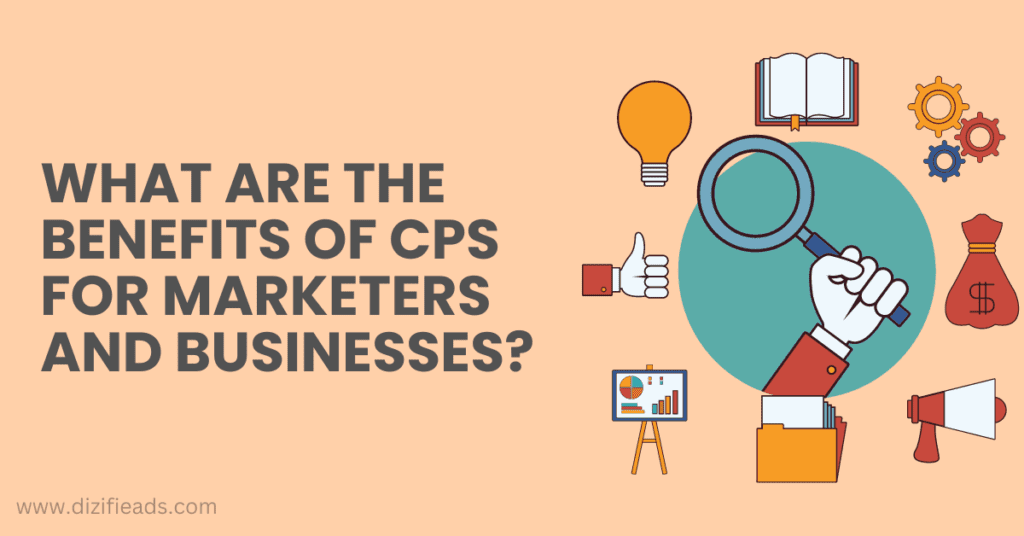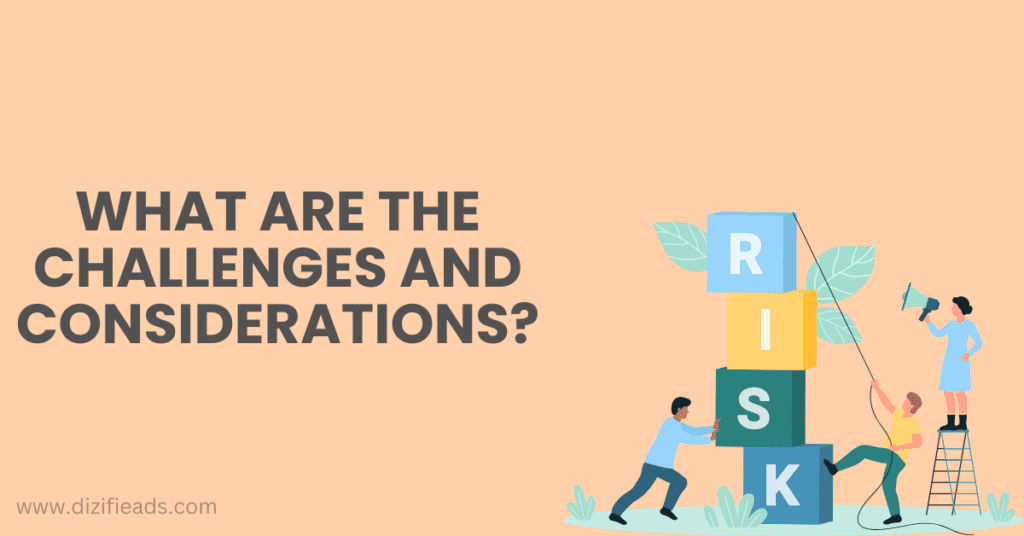CPS (Cost Per Sale): Marketing Techniques
The digital trade is always changing. Every click, impression, and engagement counts. The concept of cps (cost per sale) is gaining there. Businesses want more clear results from their trade. CPS is a beacon of accountability and efficiency. Let’s look at what CPS entails. We’ll cover its benefits and why it’s set to shape the future of performance trade.
Understanding CPS: A Paradigm Shift in Marketing Metrics
Marketers have relied on metrics. They use metrics like Cost Per Click (CPC) or Cost Per Mile (CPM) to gauge campaign points. These metrics offer insight user engagement and reach. They often fail to tie trade to actual sales. This is where CPS steps in.
Cost Per Sale measures the cost a marketer pays for each sale. They incur it through their campaign. CPC and CPM focus on traffic and impressions. CPS focuses on transformations and revenue. This makes it a more direct and clear hand of trade ROI.
The Benefits of CPS for Marketers and Businesses

1. Improved ROI Visibility: Cost Per Sale is crucial for marketers. It shows how well their trades are doing. Businesses can figure out how much they spend on trade. They can look at their sales data to see how it measures up. This helps them see how their campaigns affect profits. This info helps companies make smart choices. They use it to decide where to divide their resources. This division has the greatest impact on financial success.
2. Risk Mitigation: CPS stands out from other pricing models. It requires payment only for actual sales. This approach reduces the risk for marketers. They only pay their ads to lead to results. CPS highlights actual modifications. It motivates publishers and companions. They focus on bringing in high-quality traffic and leads. These leads have a higher chance of becoming successful sales. This helps the advertisers. It encourages a more focused and efficient trade strategy for all involved.
3. Alignment with Business Objectives: Marketing is crucial for boosting sales and revenue. CRM links trade efforts to key business goals. This method avoids surface-level metrics. Its goal is to produce results that have a clear impact on business profits.
4. Optimized Budget Allocation: Marketers can look at the costs of each sale. This helps them see which channels, campaigns, or strategies earn the most money. So, they can make better choices. It lets them share funds across more trade projects. This way, they make better decisions and get more from their trade efforts.
The Role of Technology in Facilitating CPS Adoption

Many companies have started using digital trade media and advanced analytics tools. This led to the growth of CPS models. Technology lets marketers see how users behave. It shows the touchpoints that result in conversions. Users can see how their campaigns are performing right away. This helps them install CPS fast and accurately. AI and machine learning have improved. They offer predictive modeling and dynamic pricing. This improves CPS campaigns and leads to higher ROI.
Challenges and Considerations

CPS offers undeniable benefits, but its performance is not without challenges. Marketers must consider factors. These include attribution modeling, fraud prevention, and the intricacies of multi-channel marketing. CPS(Cost Per Sale) campaigns must ensure accuracy and fairness.
transitioning to a CPS model requires a shift in mindset and culture. It needs a greater focus on teamwork between marketing, sales, and finance. They need to align goals and metrics.
Here are the important FAQs:
1. What is(Cost Per Sale) in trade?
Cost Per Sale, is a pricing model. Here, marketers pay a set fee for each sale. They pay this fee to the publisher or affiliate for sales from their trade. This model is different from others Cost Per Click (CPC) or Cost Per Mille (CPM). It links marketing costs to actual sales.
2. How is CPS different from other trade metrics?
CPS stands apart from CPC or CPM by looking at conversions and revenue, not clicks or impressions. CPC and CPM focus on user engagement and reach. But, CPS shows the cost of making each sale. it offers a clearer view of trade ROI.
3. What are the benefits of using CPS for companies?
CPS (Cost Per Sale) helps businesses in several ways. It boosts ROI visibility, lowers risks, and aligns with goals. It improves budget allocation. CPS ensures marketing boosts revenue. This leads to a focus on performance in trade efforts.
4. How can companies install CPS?
To install CPS, companies must use tech and analytics tools. They use them to track user behavior. They link them to users and analyze campaign performance in real time. trade, sales, and finance teams must work together. This is crucial for aligning their goals and metrics.
5. What challenges does adopting CPS involve?
Adopting CPS has challenges. They include attribution modeling, fraud prevention, and the complexity of multi-channel marketing. Moving to a CPS model needs a new mindset and culture. We also need to consider these factors. This is to ensure the accuracy and fairness of CPS campaigns.
6. How can marketers prevent fraud in CPS campaigns?
Marketers can stop fraud in CPS campaigns. How? First, by setting up strict validation steps and using fraud detection software. They should also partner with trusted publishers and affiliates. Moreover, monitoring traffic sources and studying conversion patterns can reveal and lessen fraud.
7. What role does technology play in facilitating CPS adoption?
Technology is crucial for CPS adoption. It lets marketers track user behavior. They can link transformations to users and analyze campaigns. Advanced analytics tools, AI, and machine learning make CPS campaigns better. They do this by optimizing them for the highest ROI.
8. What industries are best suited for CPS campaigns?
These are industries with high-value products or services. They have long sales cycles and clear conversion paths. They are best suited for CPS campaigns. E-commerce, SaaS, finance, and education are examples. They often use CPS models.
9. How can marketers optimize CPS campaigns for the greatest ROI?
They can optimize CPS campaigns for the most ROI. Do this by finding increased-converting channels. They refine targeting measures and test different creatives and messaging. Finally, they analyze campaign performance. Additionally, leveraging predictive modeling and dynamic pricing systems can further enhance ROI.
10. What metrics should marketers track in CPS campaigns?
In CPS campaigns, marketers should track metrics. These include conversion rate, and average order value (AOV). customer investment cost (CAC), and return on ad spend (ROAS). These metrics provide insights into campaign effectiveness, profitability, and ROI.
11. How can businesses ensure fairness and transparency in CPS agreements?
Businesses can ensure fairness and transparency in CPS agreements. They can do this by setting clear terms and conditions and practical sales targets. They can do this by providing access to complex reporting and analytics. Regular communication and feedback between parties help maintain trust and fault.
12. What are some common misconceptions about CPS?
One common misconception about CPS is that it’s only suitable for e-commerce businesses. Many industries and business models can use CPS. They need a clear path to conversion and be willing to align trade with revenue.
13. How does CPS donate to a customer-centric trade approach?
CPS contributes to a customer-focused trade approach. It focuses on increase sales and revenue. It does this while delivering value to customers. CPS ensures marketing matches customer needs. It does this by rewarding publishers and affiliates. They get rewards for ranking good leads and conversions.
14. What trends are shaping the future of CPS and performance trade?
Trends are shaping the future of CPS and performance trade. They include the growing need for data-driven insights. The rise of AI-powered analytics and automation. And, the increasing demand for personalized and channel experiences. These trends show the need for marketers to adapt. They must innovate in a changing landscape.
15. How can companies stay ahead in performance trade with CPS?
Businesses can stay ahead in performance marketing with CPS. They do this by embracing technology and fostering teamwork. They must optimize campaigns using data-driven insights. By putting accountability first, companies can unlock CPS’s full potential. This will drive sustainable growth in the digital age. It does this through transparency and a focus on customers.
Conclusion: Embracing the CPS Revolution
Today’s business world is fierce. Companies must show their value, be clear, and provide a good return on investment. Cost-per-sale is a strong solution for marketers. CPS links trade spending to sales. It provides marketers with a clear picture of their return on investment. This strategy allows us to monitor sales more easily. It pushes teams to focus on performance. Businesses now value results more than vanity metrics. To stay ahead, adopting CPS is key. Marketers can make the most of its benefits. They can use technology and data to focus on customers. This approach can lead to a trade future that is more responsible and effective.


Pingback: Pay-Per-Click (PPC) Advertising: What You Need to Know -